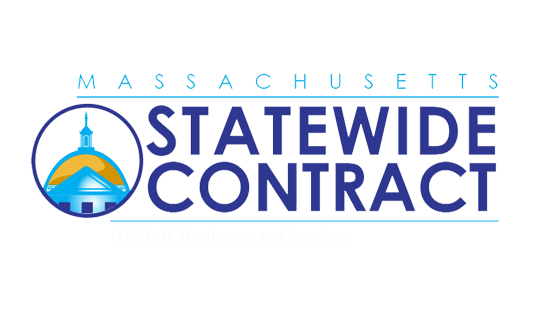Most businesses reach a breaking point with their IT infrastructure. Maybe you’ve noticed it too:
- Servers that run fine one day but choke the next.
- Scaling up feels like pushing against a wall of costs and complexity.
- Security demands grow faster than your team can keep up.
This is the trap: on-premise IT feels outdated, but a full cloud move feels risky.
The good news? You don’t have to pick sides. Modern IT infrastructure management lets you blend the control of on-premise systems with the flexibility of the cloud. That balance is what’s driving so many businesses toward hybrid cloud infrastructure, a setup that adapts to your needs without forcing you into extremes.
And you don’t have to figure it out alone. With the right partner guiding you at every step, like Boston's trusted IT consulting experts, you can:
- Protect what’s mission-critical.
- Move workloads to the cloud where it makes sense.
- Keep costs predictable while staying future-ready.
This guide will walk you through the shift, from old systems that hold you back to a hybrid setup that moves your business forward. You’ll see why hybrid cloud is becoming the default choice and the exact steps you can take to migrate smoothly.












